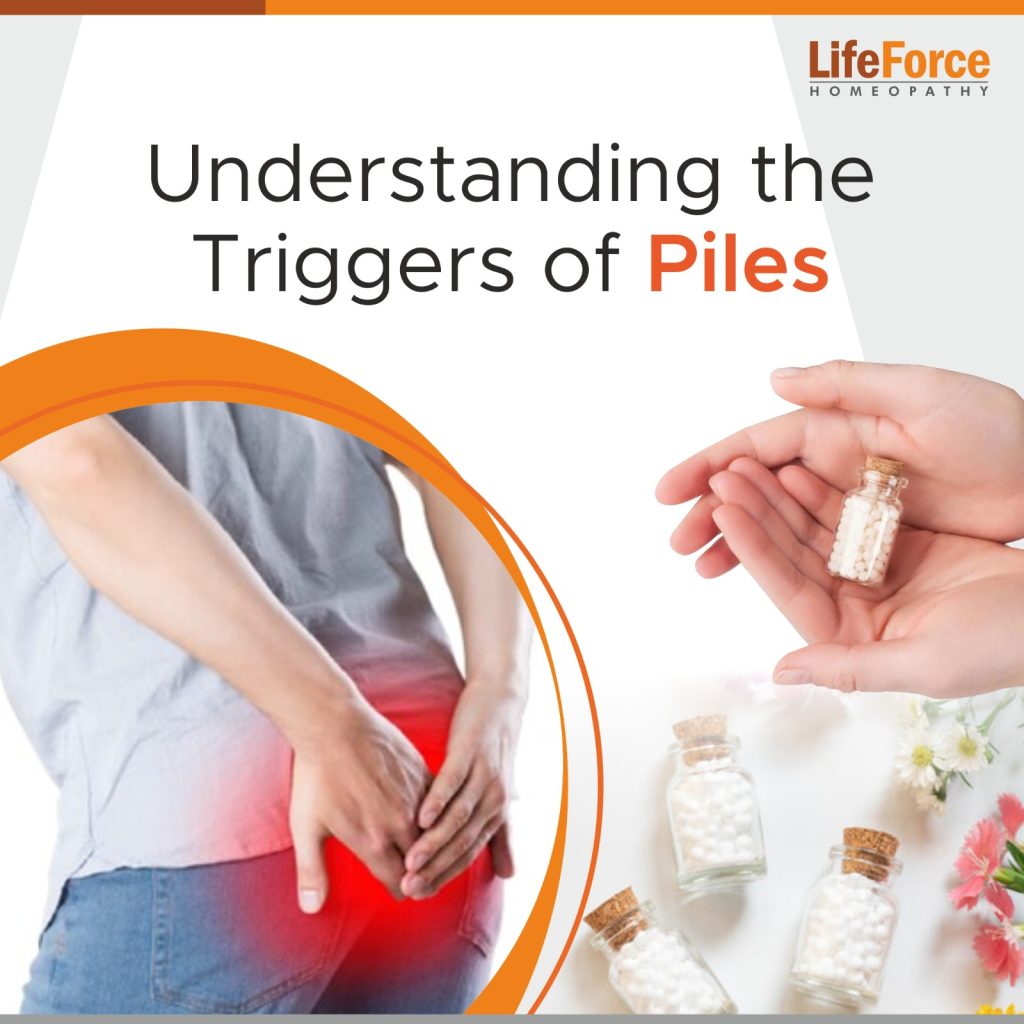Women can come across varying physical experiences during their menstrual cycle. For some females, it may be normal causing minimum disturbance to their daily routine with minimal to no uterine pain at all. However, a few women may experience severe uterine pain during this period. This excessive uterine pain occurring during the menstrual period is known as Dysmenorrhea. Usually, the pain occurs as precedence to the menses or along with menses. The duration of pain may differ from person to person and may last for 2 to 3 days. The pain may be of the type of a cramp in the abdomen, abdominal pressure, or the pain stretching to thighs, hips, and lower back.
Dysmenorrhea can be further classified into two different categories:
- Primary Dysmenorrhea: Normally, it is observed as and when the period starts at a young age. This can be life-long and normally accompanies with severe cramp and uterine contractions.
- Secondary Dysmenorrhea: It is observed in the patients after a certain age or due to other prevalent medical conditions, such as pelvic inflammatory disease.
Common Causes for Dysmenorrhea
The most common causes of Dysmenorrhea could be due to the following varying factors.
(i) A painful period normally occurs when the uterus contracts abnormally due to chemical imbalance in the body. This could be due to a change in prostaglandin, a hormone that controls the contractions of the uterus. This is usually primary dysmenorrhea. Some of the other contributing factors for primary dysmenorrhea are:
- High levels of prostaglandin F2 alpha in the menstrual fluid
- Passage of menstrual tissue through the cervix
- Narrow cervical os
- General anxiety about menses
- Lack of physical exercise
We treat patients from the USA, UK, Canada, Australia, UAE & 180 more countries. Get an expert opinion on your ailment, click here to ask Dr. Shah’s team directly.
(ii) Secondary Dysmenorrhea is most commonly occurs due to endometriosis. Endometriosis is a medical condition in which tissue from the lining of the uterus shows up outside the uterus leading to pelvic pain, internal bleeding, and possible infection. Other major reasons for secondary dysmenorrhea could be due to
- Pelvic Inflammatory Disease
- Abnormal pregnancy
- Uterine fibroids
Symptoms of Dysmenorrhea
The general symptoms for dysmenorrhea include:
(i) Severe pain in the lower abdomen
(ii) Cramp-like feeling in the lower abdomen
(iii) Pain around the lower back, thighs, and, sometimes, radiating down to the legs
(iv) Fatigue or general weakness
(v) Headache
(vi) Vomiting or nausea in some persons
Treatment for Dysmenorrhea
Dysmenorrhea can be controlled to a greater extend with homeopathic medication. However, in the present context, we will have a look at some of the self-help remedies which one can practice at their disposal. They can be of the home remedy sort of. Find them below
(i) Drink Plenty of Water: Drinking water stops the body from retaining water and helps to avoid painful bloating during menstruation. Make it a practice to consume a minimum of 1 to 2 liters of water during your periods.
(ii) Apply Heat: One can practice applying hot water bags on their lower abdomen. The application of heat increases blood flow to the stomach that helps to relax the contracting muscles in the uterus.
(iii) Control your Diet: Try avoiding fatty foods, coffee (rich in caffeine), salty food, fizzy foods, etc., because they can result in bloating of the stomach. The cramps may be more intense in a bloated condition. One can turn to food items, such as fresh fruits, leafy vegetables, meat, and dry fruits. Try avoiding food items high in sugar content, such as pastries, sugar syrup, etc.
(iv) Increase Intake of Vitamin B1: Vitamin B1 can lower the level of homocysteine, an amino acid that contributes to inflammation in the stomach. Food items rich in Vitamin B, such as fish, chicken, eggs, etc., can be added to your diet.
(v) Have Chamomile Tea: Chamomile tea when consumed during periods can help in reducing the menstrual cramps. They help in increasing the glycine levels, an amino acid which can help in cramp-relief and relaxation of uterus tissues.
(vi) Try Herbs: A variety of herbs or spices can help in your fight against dysmenorrhea. Try to include cinnamon, fennel, and ginger regularly in your diet during periods. For instance, one can try sipping boiled water with fennel seeds in them. We can directly consume fennel seeds also without mixing it as a culinary ingredient. Cinnamon in powdered form can be consumed with hot tea, and ginger can be crushed and used as an ingredient while cooking.
(vii) Exercise: Physical activities, such as jogging and aerobic exercises, can increase the amount of blood being pumped inside the body. On doing exercise, our body releases endorphins which act a countereffect to prostaglandins. The endorphins’ countereffect to prostaglandins helps in reducing the pain and inflammation.
(viii) Go for Vitamin D: Vitamin D can help in controlling the secretion of prostaglandins hormone, thereby reducing the pain and inflammation of uterus walls. Food items rich in Vitamin D, such as oranges, fish like salmon, mackerel, soya milk, etc., can be added to your diet.
(ix) Gentle Massage: Having a gentle massage of the tummy can act as a pain-relief from menstrual cramps.
(x) Orgasm: Having an orgasm can help in the release of endorphins which help in keeping the number of prostaglandins generated during periods in control. Sexual intercourse may be painful during the menstrual time, but overall orgasms can help in some relief from dysmenorrhea.
One should try avoiding self-medication in case of persistent dysmenorrhea because it may worsen the situation. If one cannot find much relief after trying out the self-help remedies, it is always advisable to consult an expert medical practitioner for better relief.




